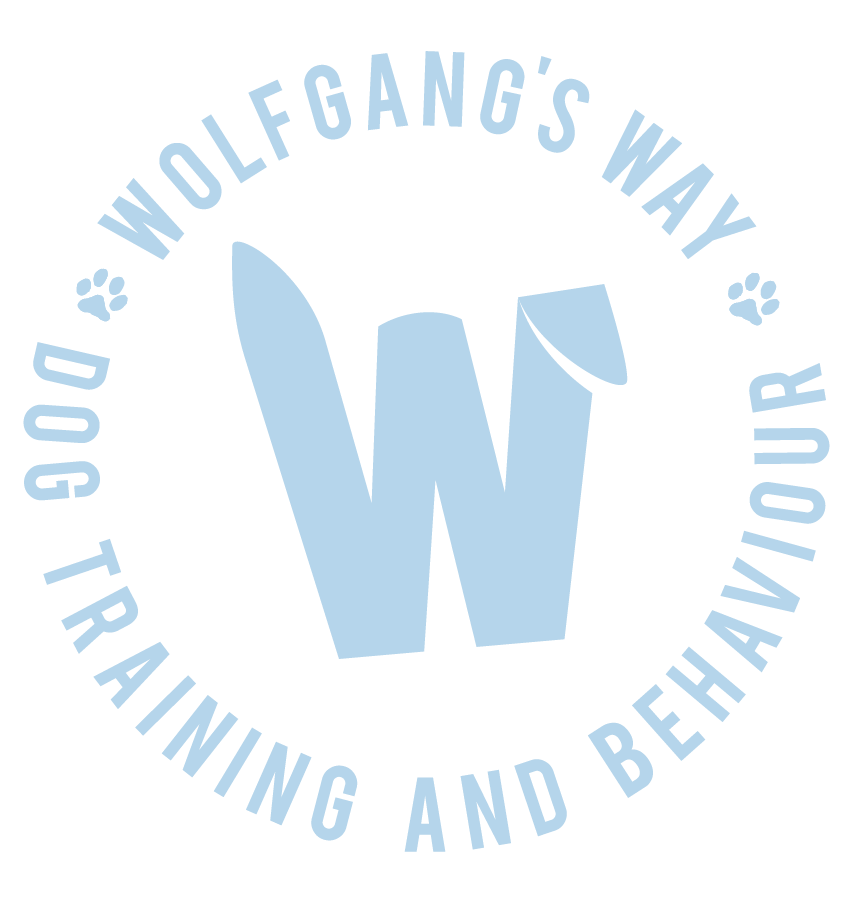Avoid merely waiting for the clock to tick away, meaning don’t just step out and watch until your dog can’t hold it together any longer and take that as your baseline for your training plan. Instead, ensure your dog has an enjoyable experiences while alone at home through observing your dog closely and ensuring you spot the small stress signals - gradually shifting their emotional response from fear to confidence. It's crucial to provide opportunities for your dog to have fun without stress during solo time.
Shift your focus from the end result to the daily process and incremental successes for both you and your dog.
Stick to a consistent training method grounded in scientific principles, gentleness, and proven effectiveness. Avoid constantly changing approaches just because immediate perfection isn't achieved.
Don’t do the math! Building and extending target durations takes time initially, so patience is key. Usually, once the dog is over an initial hurdle of 30 minutes plus, you can take bigger steps ahead.
That said, realise that not every day will be a success for your dog. External factors and natural variability can influence their ability to learn and cope with being home alone. Regression is often just part of the natural fluctuation in progress.
Last but certainly not least, avoid setting rigid deadlines for yourself. Instead, celebrate every small achievement and milestone during your training journey.
